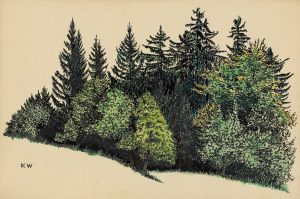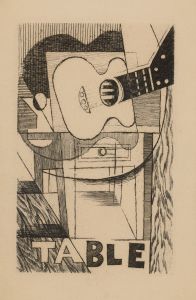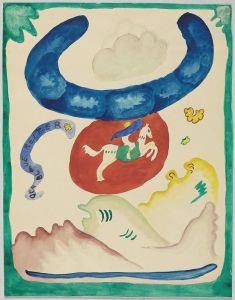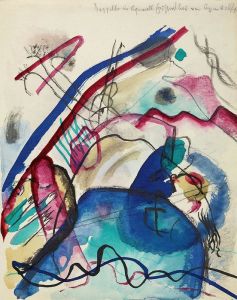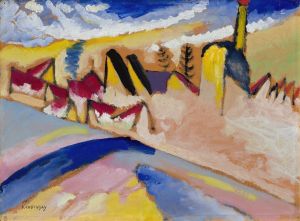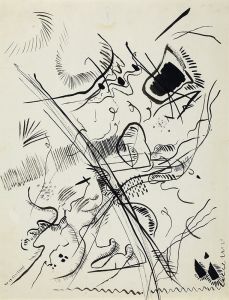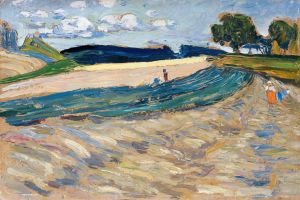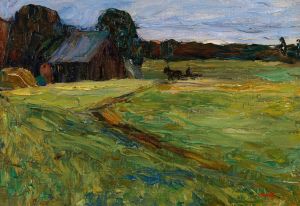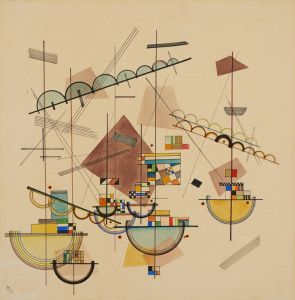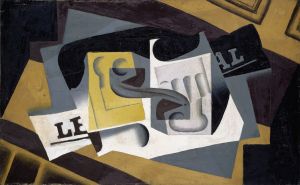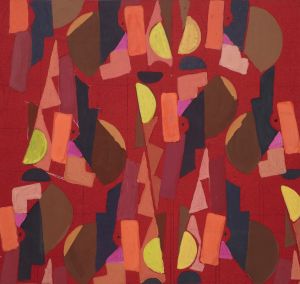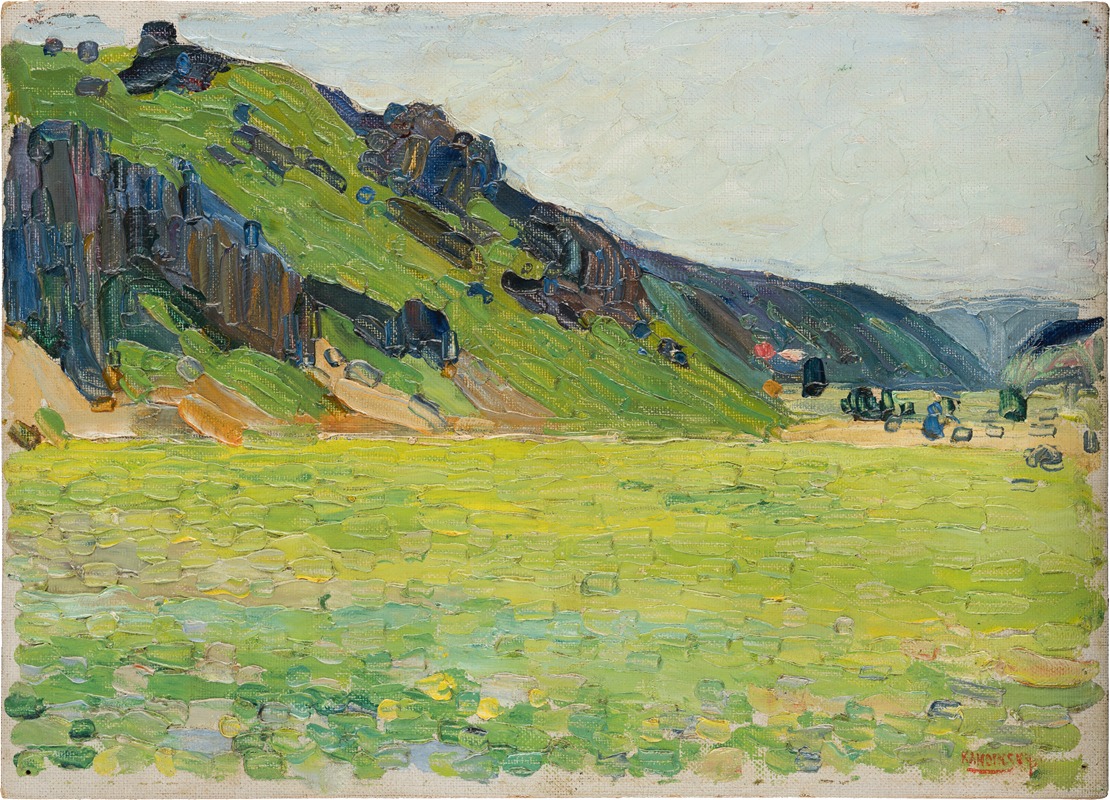
Kallmünz—Light-Green Mountains
A hand-painted replica of Wassily Kandinsky’s masterpiece Kallmünz—Light-Green Mountains, meticulously crafted by professional artists to capture the true essence of the original. Each piece is created with museum-quality canvas and rare mineral pigments, carefully painted by experienced artists with delicate brushstrokes and rich, layered colors to perfectly recreate the texture of the original artwork. Unlike machine-printed reproductions, this hand-painted version brings the painting to life, infused with the artist’s emotions and skill in every stroke. Whether for personal collection or home decoration, it instantly elevates the artistic atmosphere of any space.
"Kallmünz—Light-Green Mountains" is a painting by the Russian-born artist Wassily Kandinsky, created in 1903. Kandinsky is widely recognized as one of the pioneers of abstract art, and his works have had a significant influence on the development of modern art. This particular painting is an example of his early work, which still retains elements of representational art before he fully transitioned into abstraction.
The painting depicts the town of Kallmünz, located in Bavaria, Germany. Kallmünz is known for its picturesque landscapes and historical architecture, which have inspired many artists over the years. Kandinsky visited Kallmünz during his travels in Europe, and the town's scenic beauty left a lasting impression on him. The painting captures the essence of the town with its light-green mountains and serene atmosphere.
In "Kallmünz—Light-Green Mountains," Kandinsky employs a vibrant color palette, which is characteristic of his early work. The use of light green for the mountains creates a sense of tranquility and harmony, while the other colors in the painting add depth and dimension to the scene. The composition is carefully balanced, with the mountains serving as a backdrop to the town's buildings and natural surroundings.
Kandinsky's style during this period was influenced by Impressionism and Post-Impressionism, as seen in his use of color and light. However, he also began to experiment with more abstract forms and compositions, which would later become the hallmark of his work. "Kallmünz—Light-Green Mountains" reflects this transitional phase in his artistic development, where he was exploring new ways of expressing his vision.
The painting is part of Kandinsky's early oeuvre, which includes other works inspired by his travels in Europe. These early paintings often feature landscapes and townscapes, capturing the essence of the places he visited. While Kandinsky is best known for his abstract works, these early pieces provide valuable insight into his artistic evolution and the influences that shaped his style.
"Kallmünz—Light-Green Mountains" is held in high regard for its artistic merit and historical significance. It is a testament to Kandinsky's skill as a painter and his ability to convey the beauty of the natural world through his unique perspective. The painting is part of various collections and has been exhibited in numerous galleries and museums, allowing audiences to appreciate Kandinsky's early work and its contribution to the broader context of art history.
Overall, "Kallmünz—Light-Green Mountains" is an important work in Wassily Kandinsky's oeuvre, representing a key moment in his artistic journey. It showcases his early experimentation with color and form, and his ability to capture the essence of a place through his distinctive style. The painting remains a valuable piece for understanding the development of modern art and Kandinsky's role in its evolution.





